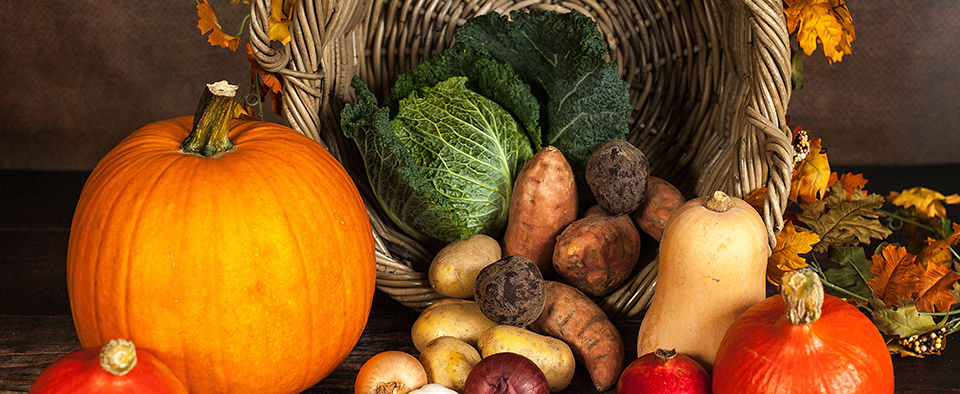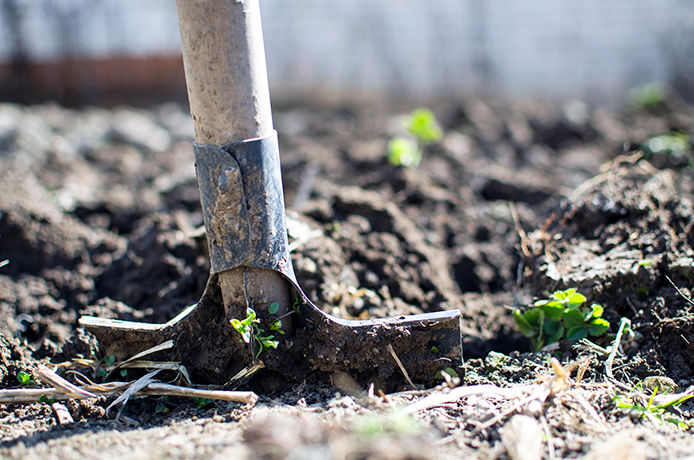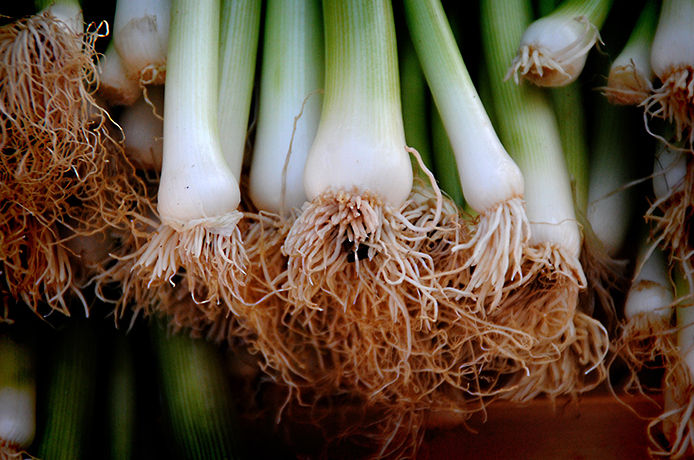Cucurbit crops include:
- Pumpkins
- Cucumbers
- Squash
- Zucchini
- Melons

Summer is coming to its end and for those who participate in gardening, it can start to feel monotonous. Not to worry, there is still time to clean your summer harvest and continue to work in your garden with second season crop tending and fast growing fall vegetables!
Every gardener has a similar but different situation, depending on the climate and the nature of the garden's layout. Here is a quick guide for any last minute vegetable gardening endeavors you want to take on.

First things first, you’ll want to re-prepare your garden and transition into fall lawn care. Proper fall gardening will always depend on your climate zone. According to LawnStarter, “grass leaves growth slows down as the weather cools, but the root system and rhizomes continue to grow quickly.” Making it important to maintain your lawn and soil prior to working on your garden for a second season.
Once you’ve taken care of your lawn, clean out your garden bed of any spent plants, trim down perennials, and tend to any second season plants as needed. If you do have perennials, make sure to take note of the layout of your garden bed for future use. Break up and fluff the soil and replenish it by mixing in compost.
Now you’re all ready to begin your garden that will be ready in two months or less!
There are many different types of crops that still thrive as the cool fall weather rolls around. Here are some types to consider for your fall harvest:
The most common type of second season crop is going to be the cucurbit crops. Classic imagery appears when you think about the fall season – assuming you mostly picture pumpkins growing off a vine. Cucurbit crops are typically planted earlier in the mid to late spring as they require lots of sunshine, well-drained soil, and between 3.5 to 5 months to mature.
For proper maintenance, make sure to keep the soil dry in the final stages of maturity and make note when they ripe. The best way to tell if they are fully mature is by recognizing the shell fullness and evaluating the visible health of the vine. Meaning, if the vine is deteriorating or turning brown, the crop is starting to pass its ripe stage and may start going bad.
One of the easiest and fast growing vegetables in the fall time is going to be your leafy greens. These varieties typically mature between 30 and 60 days, depending on the exact species. They thrive on cool temperatures, which makes them more conducive for growth in the fall time. If temperatures at summer’s end are still warm, make sure to keep the seeds hydrated or pre-sprout indoors until the weather cools down.
For proper maintenance, tend to the leafy greens based on your desired leaf maturity. Most leafy green crops are ready for harvesting once their baby leaves appear, but can maintain growth to more intensified tasting leaves.
Root vegetables grow the best in cooler and moist environments, and can withstand frost longer than most vegetables. Similar to leafy greens, they mature rather quickly too so they’ll be ready in time for you to make some tasty autumn dishes before transitioning into the winter. They are also considered second-season crops; some of the varieties can grow summer through fall, and some can grow fall through winter.
For proper maintenance, thin the seedlings so they have adequate spacing to grow. A consistently moist soil is required since the vegetable grows below the surface of the ground. There are a couple ways to tell when the root matures, and this primarily depends on the type. Use the suggested time frame on the seed packaging or look into the length of the stems. The stem length can be a good indicator as to how mature the root vegetable is.

As the summer ends and the fall gardening season begins, it’s important to be attentive to pests and diseases that can affect your fall crops. Even though cooler temperatures often reduce some pests, many can still thrive and pose threats to your garden. Here are some common fall pests and how to manage them:
By staying proactive and utilizing these pest control methods, you can protect your fall garden and ensure a healthy harvest.
One of the most rewarding aspects of fall gardening is the harvest. The cool temperatures often improve the flavor and texture of many vegetables, making them sweeter and more enjoyable to eat. However, knowing when and how to harvest your crops is key to maximizing their shelf life and ensuring the best taste.
By carefully timing your harvests and storing your produce properly, you can enjoy the fruits of your fall garden for months to come.
Success in fall gardening requires a few specific strategies to handle the challenges of this cooler season. Here are some best practices to help you make the most of your fall garden:
By following these best practices, you can maximize the success of your fall garden and ensure a great harvest. Gardening isn’t easy, but it is certainly worth the accomplishing feeling of having farm to table freshness right in your backyard. Get outside today, and take advantage of the cooler weather about to roll in!
Article Author
Katie Kuchta is a gardening guru, outdoor living expert, and self proclaimed foodie. She can often be found cooking in the kitchen or on the hunt for the best tacos, follow her on Instagram @atxtacoqueen.